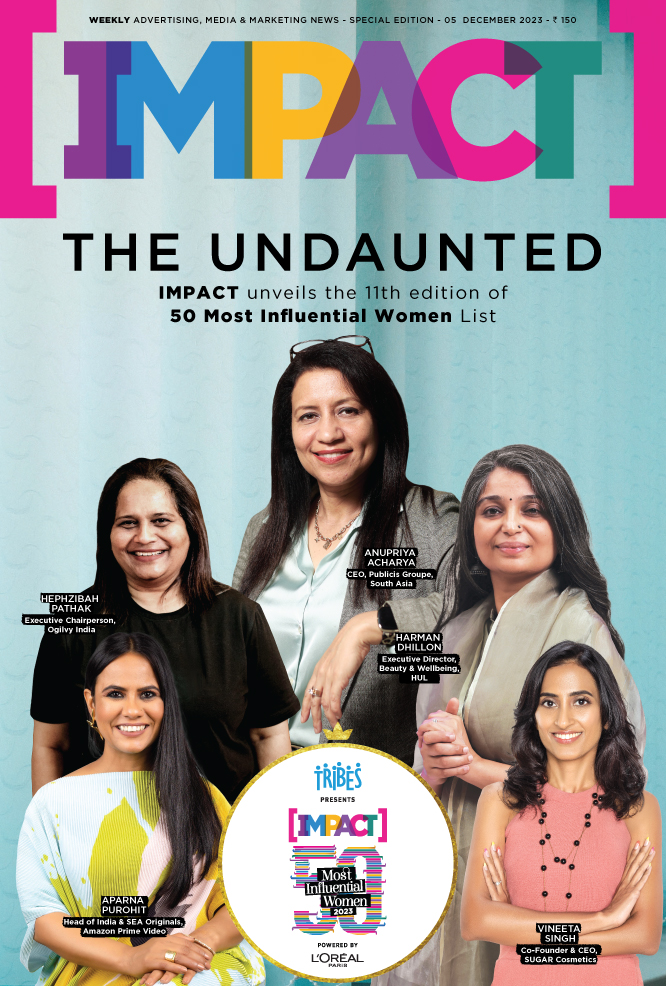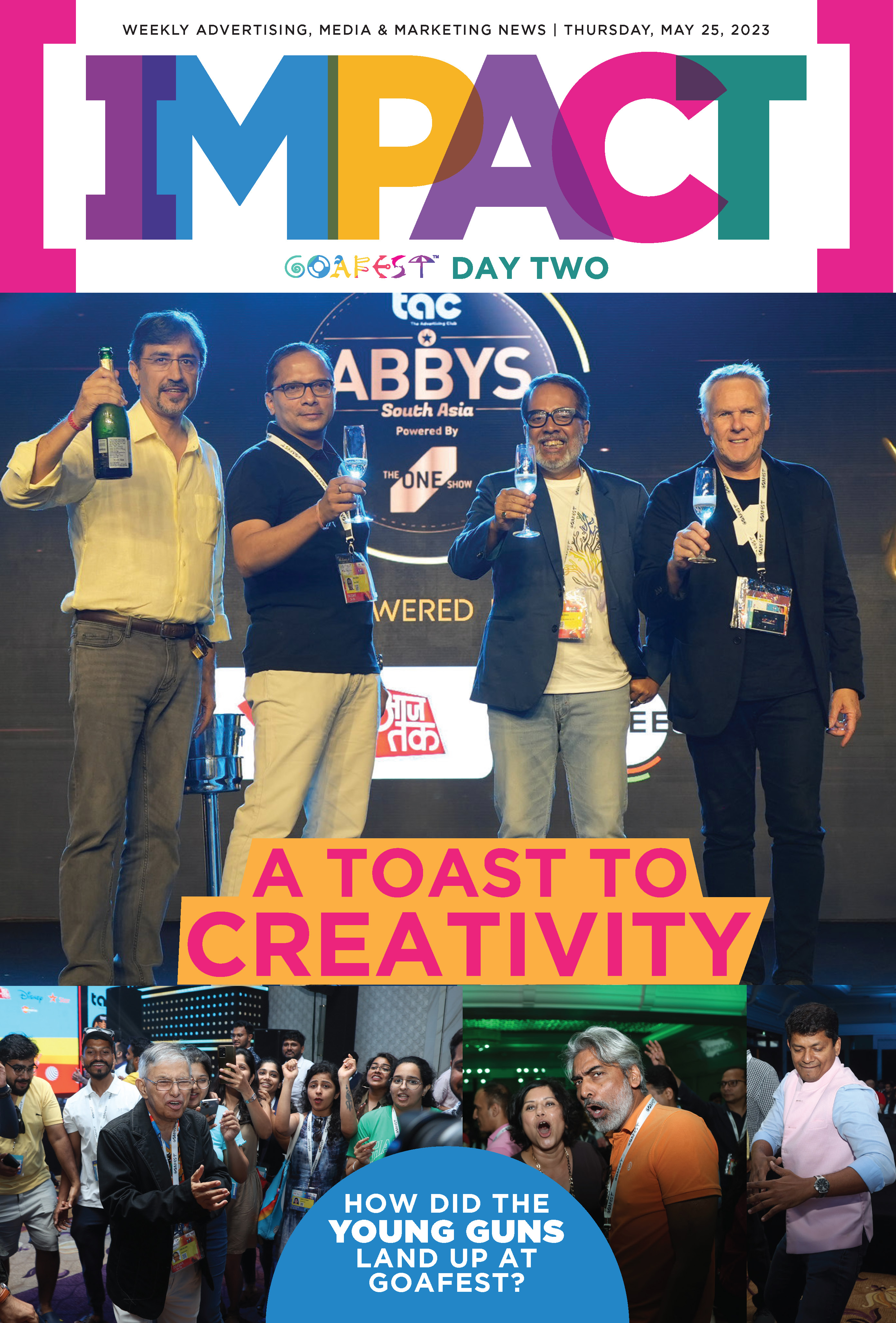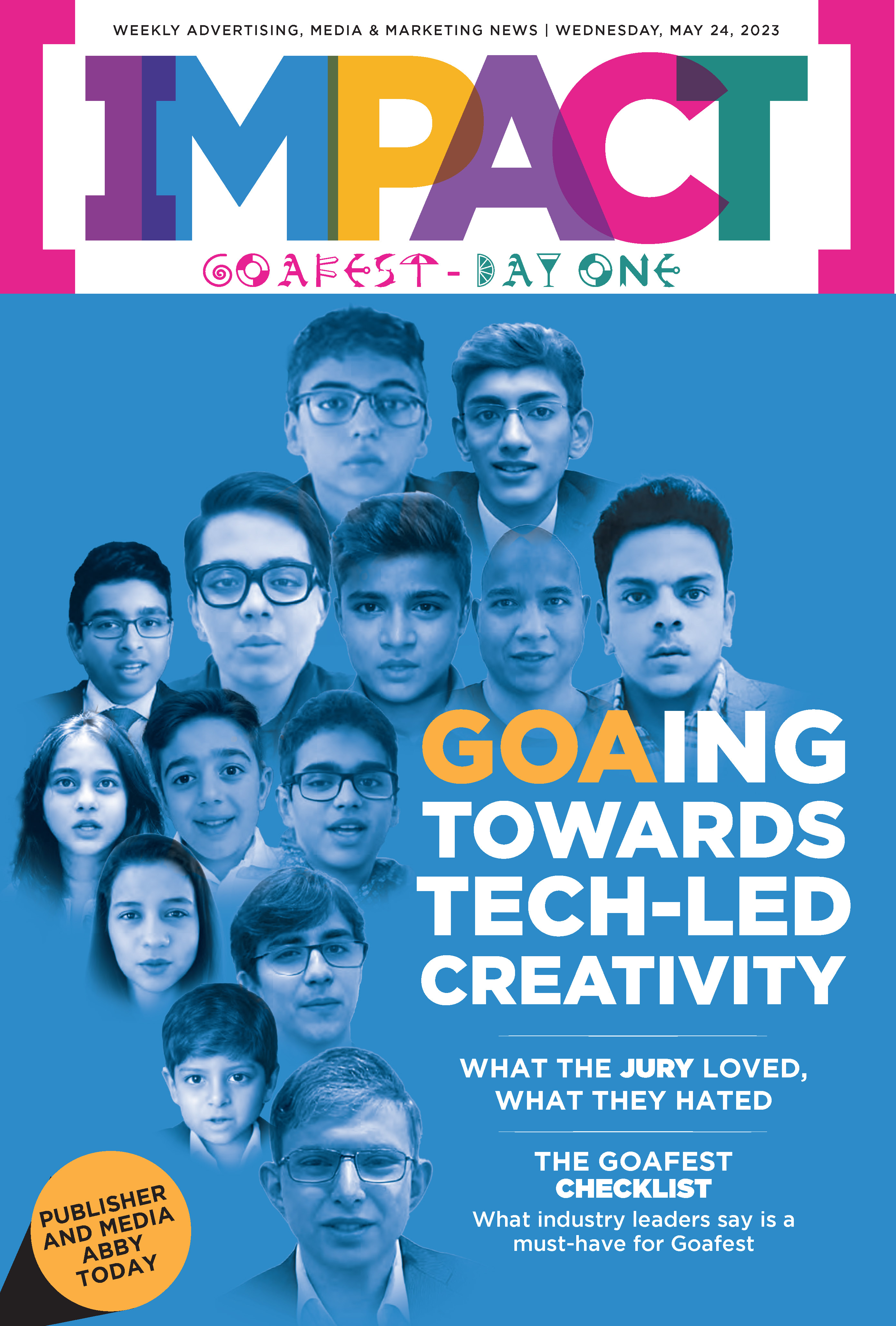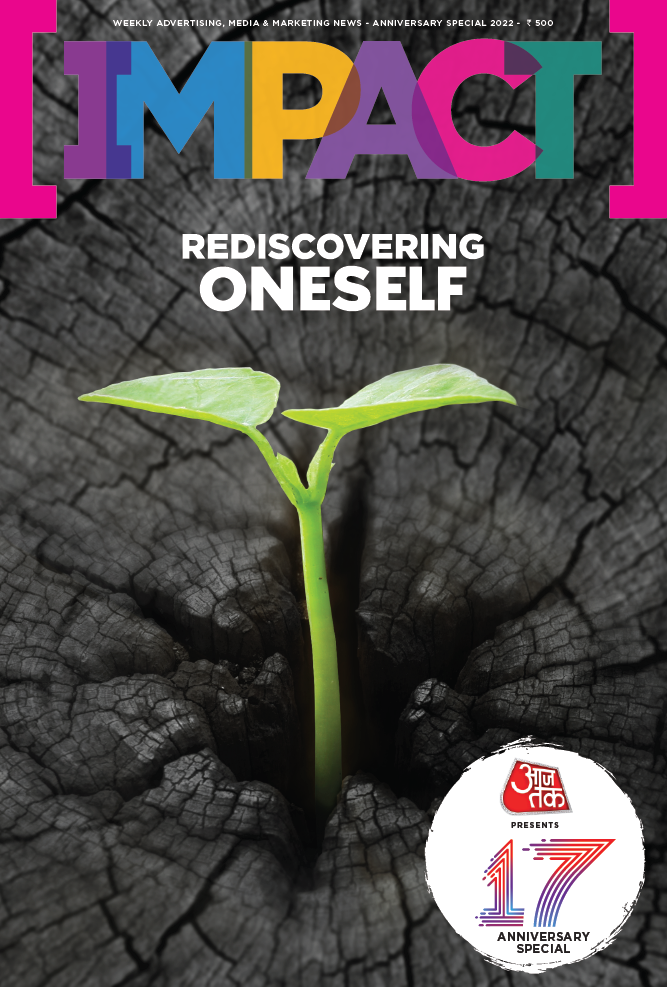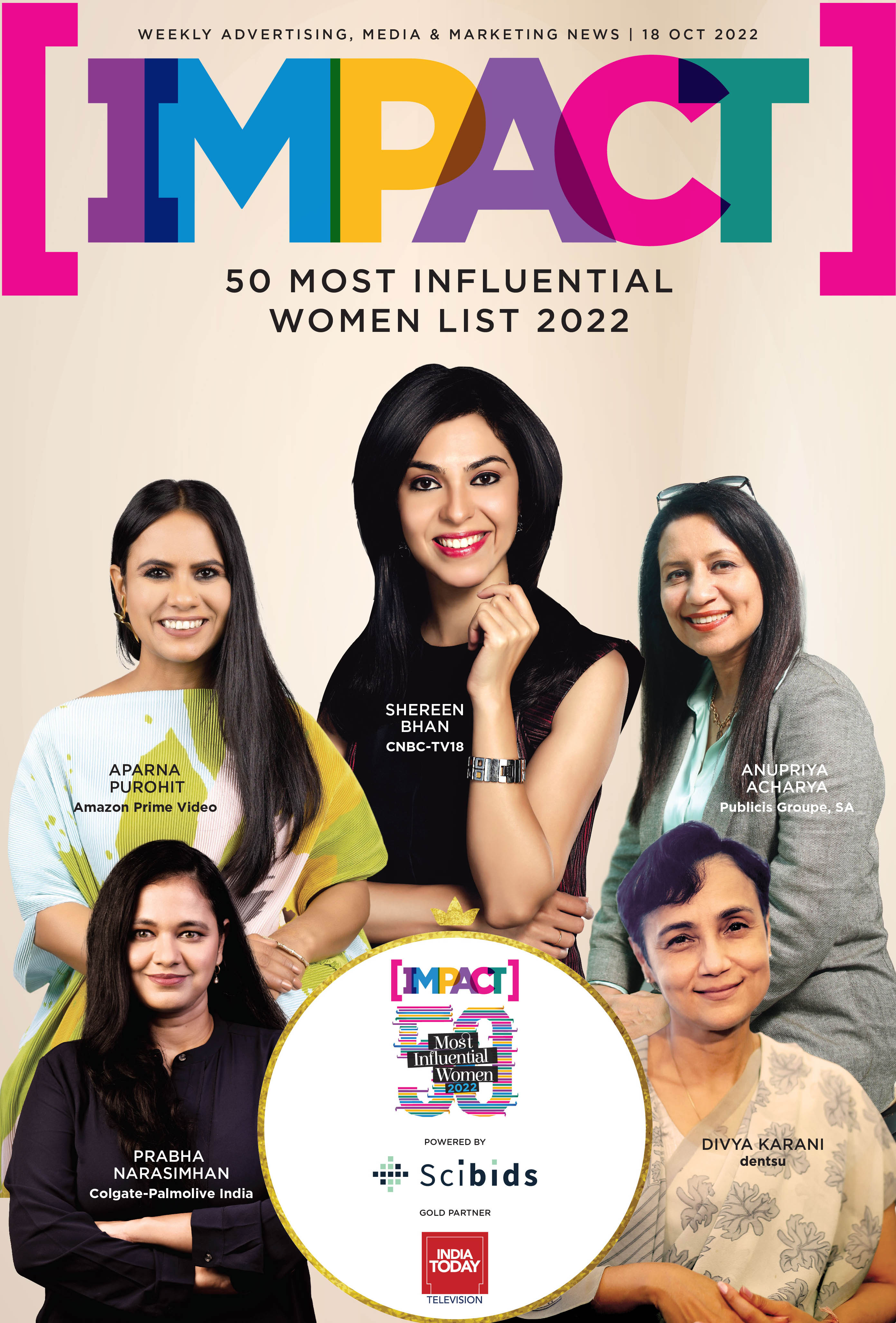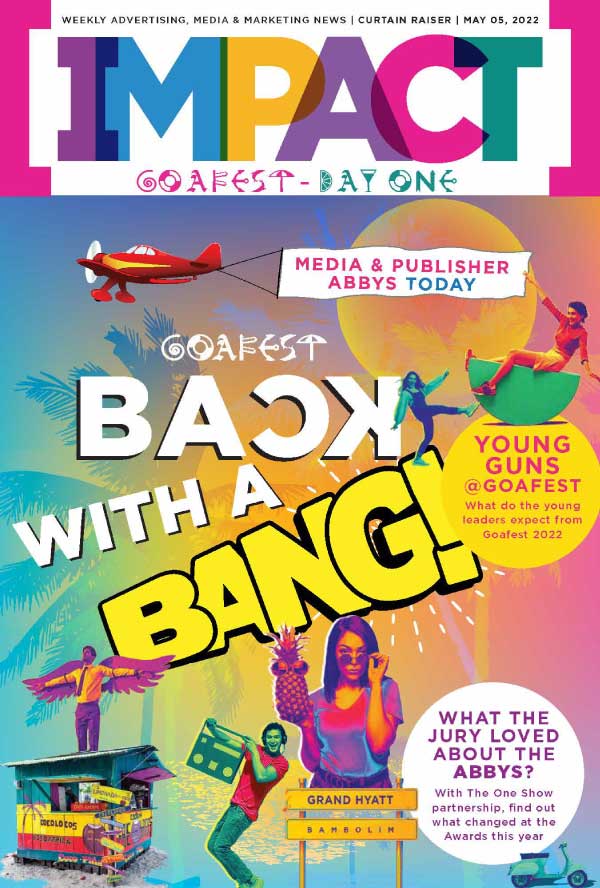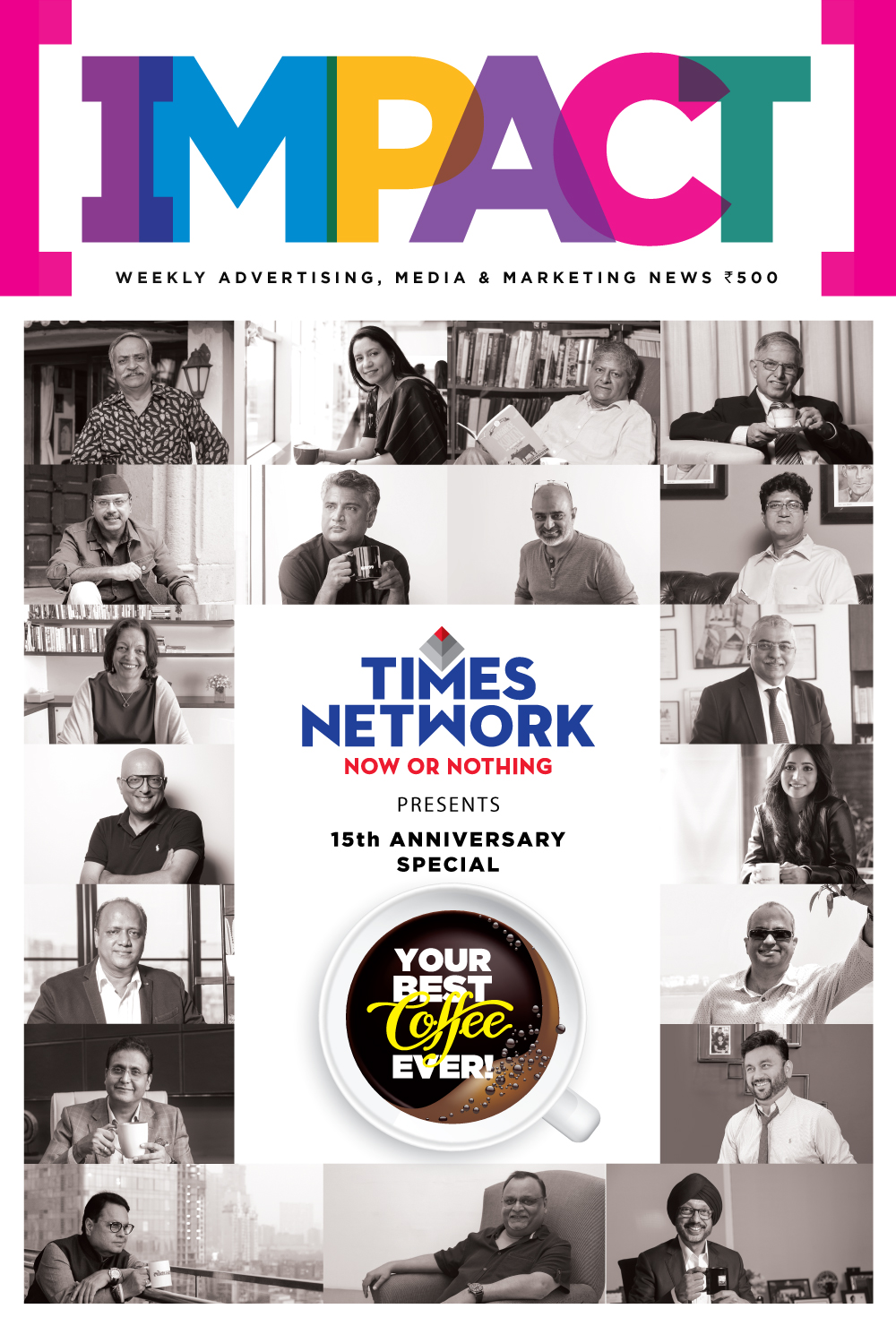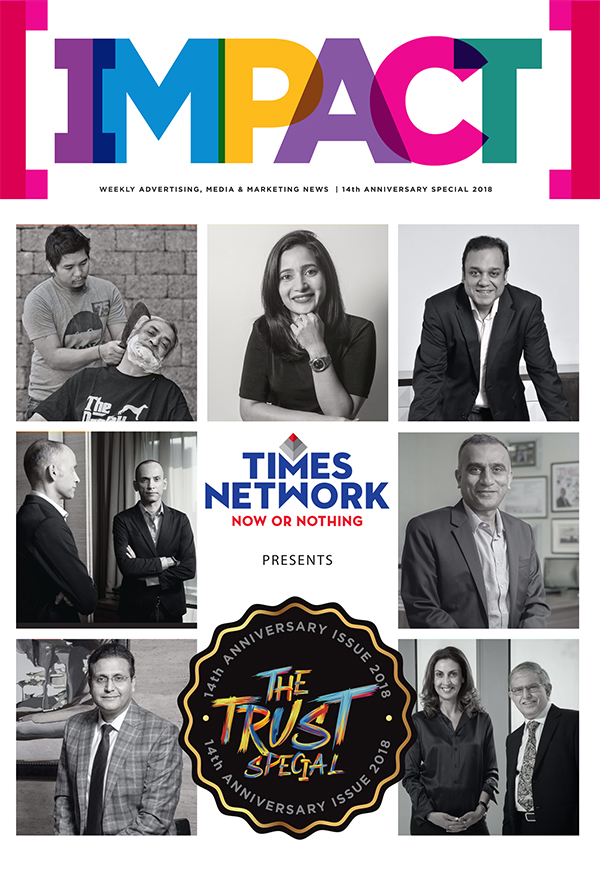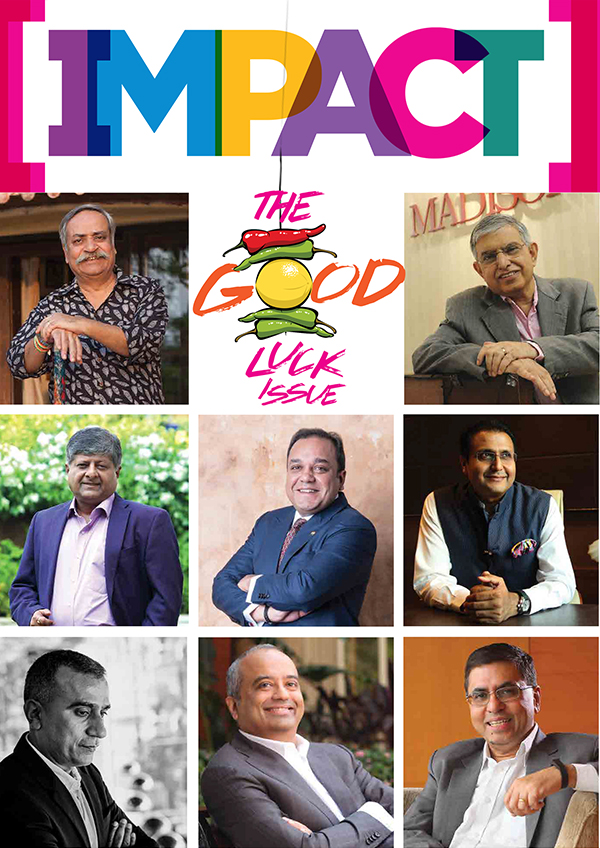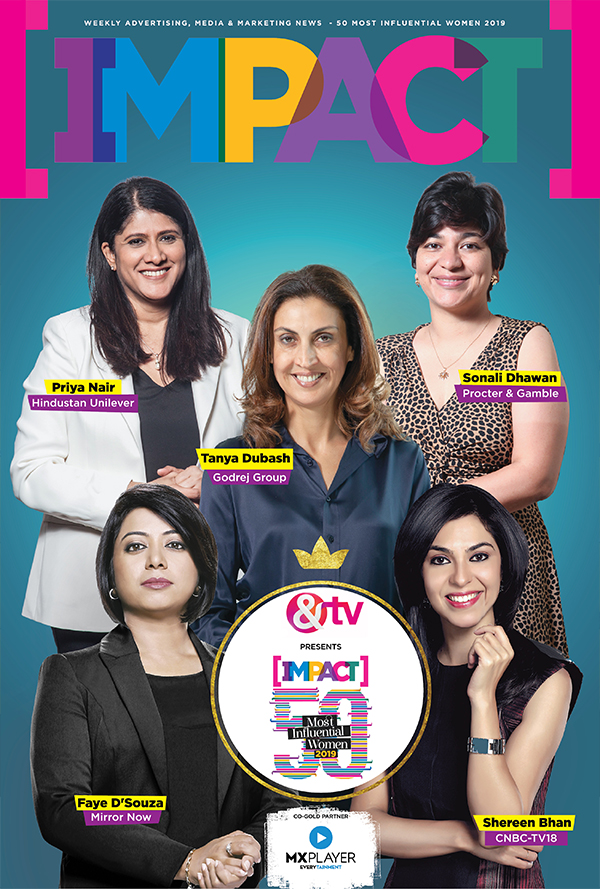He is standing on the cusp of possible change, when Omnicom’s 13-billion-dollar acquisition of IPG will create the largest advertising network in the world; and APAC, which is the Group’s fastest growing market globally, as per its recent Q2 report, is a great place to see it play out from. Tony Harradine, CEO, APAC, Omnicom Media Group who is visiting India is quick to say that the network won’t miss a beat, from a client perspective, while undertaking the mammoth task of enhancing their capability.
He credits strong localisation strategy for driving growth for Omnicom Media Group in APAC, maintaining that winning a local hero brand goes a long way in attracting top talent in any country. He expresses the desire of winning a few more FMCG accounts in India, even as he underscores how retention, and not just winning new business is the true measure of an agency’s success.
Interestingly on a global level, as per the COMvergence- New Business Barometer report for 2024, OMG was awarded approximately $7 billion in client billings – which included around $4 billion in retained business - in 2024, outperforming its nearest competitor by more than $1 billion. Notably OMG also had the best retention rate, when the industry’s average was only 32%, OMG shone by defending 74% of its billings in review.
On the APAC level, media agencies from the OMG fold have won a spate of accounts in the past year like PHD winning Volkswagen Group, HP, and Bosch China accounts, Hearts and Sciences taking home Warner Bros. Discovery mandate and OMD winning Under Armour business.

‘Retention, not new business win is the measure of an agency’s success’
Tony Harradine, CEO, APAC of Omnicom Media Group speaks to Neeta Nair, Editor of IMPACT Magazine about why they are betting on Omni, the impact of macro-economic uncertainties on client billings, tackling challenge from the tech players and consultancies; and his exclusive client wishlist in India
Q] Unlike globally, Omnicom is smaller than IPG in India, how will the dynamics play out here with the imminent merger of the two holding companies?
That’s true. Omnicom is a challenger brand in India and has always been courtesy our late entry into the market. But we have certainly been the fastest growing network here in the last few years. Must say, Kartik Sharma has built an amazing executive team in India for OMG. Subject to final approval of the seismic event that’s due soon in terms of Omnicom’s acquisition of IPG, I would say we are well placed even with regard to the complementary set of teams we have between the two networks in APAC.

Q] Omnicom reported organic growth of 6.0% in Q1 and 6.5% in Q2 for Asia Pacific. Interestingly that is double the rate of growth for Omnicom globally in the same period (3.4% in Q1 and 3.0% in Q2). Ever since you took over as the CEO of OMG APAC in 2018, do you feel APAC has got a bigger seat at the global table?
It’s been a great couple of years where we got our product roadmap along with packaging, the narrative and talent strategy right and I have the global team as well as the team in Asia to thank for that. As far as market leadership is concerned, we’re well placed in APAC. The markets here are very diverse and nuanced, and our localization strategy has really driven this growth. We always did well globally with big pillar brands, obviously America-based and Europe-based ones. But we are also focussing on the big Asian brands that we want to take globally like LG, Singapore Airlines, Oppo etc, and these big brands have global ambitions as well. We have grown that portfolio significantly because it gives you greater influence in terms of having those client tentacles across the globe. It’s wonderful that we have got global hubs based in Asia as well.
And what’s been great for us in India specifically, more recently too, is the level of local wins. We’ve always been strong in terms of international presence with clients like Apple, Volkswagen and some other big global auto brands, but we have also won several local accounts this year, which is fantastic.
Q] Talking about the APAC markets, which are the countries that are doing exceedingly well?
India is the biggest in terms of growth in APAC. In terms of size, Australia and China are big markets for us with very well-established brands that have strong creative heritage as well. In Australia we’ve always been big while in China we’ve moved to the number three position. WPP and Publicis have been fairly significant in this market. We’ve experienced great growth there. Southeast Asia as a collective has seen double-digit growth over the last few years.
Q] Given the global macroeconomic uncertainties mentioned in your Q1 and Q2 earnings report, what specific measures is OMG APAC taking to maintain a strong growth trajectory in the second half of 2025?
APAC is distinct because of its diversity, there is always some market that is growing. The economic uncertainties include the US tariffs and inflationary pressures we’ve seen over the last 18 months. And yet we haven’t seen a huge decline in client billings, it’s all fairly sustained. There’s no market or sector that is seeing a significant decline. So, from mid to long term, we haven’t seen any significant adjustments. But our role in all of that is obviously to ensure that our clients understand the importance of keeping their presence felt, regardless of macroeconomic factors. While globally the trend might be different, I’ve certainly got a better purview of what’s happening here. I’d say no demonstrable impact at the moment in APAC.

Q] You spoke about the importance of localisation. When it comes to accounts, is Omnicom focused on the global majors or the local biggies of India? Who is on your wishlist currently?
We would like to expand our relationship with some of our landmark global clients here as well, like some of the big FMCG players that we work with in other markets. And yet we want it all, so surely some local clients as well. The gap is now narrow between local expectation and global multi-market brand expectation. In terms of talent attraction, when you’re in a market and there’s a local hero brand on board, it attracts the up-and-coming talent in the market to your agency. So, in Australia, you want to work on a Qantas, in Singapore work on Singapore Airlines, ditto for the brands based in India. We do very well in auto and technology and are rather strong now in finance but FMCG advertising is such a big part of the Indian marketplace. We do have some great FMCG clients here, but there are a few more we would want to land. We want to grow that portfolio too.
Q] Omnicom’s acquisition of IPG has got a go ahead in most markets. Would you call it a big strategic AI power play with the coming together of Omni, Acxiom and Flywheel or an integration nightmare from a client perspective?
It is seismic and will be a significant undertaking but there won’t be disruption in client’s day-to-day business. Of course, a fair bit of work has to be done on the back-end integration, we are still waiting for a green signal in a few markets. The access to a bigger talent pool than what we have today would be incredible. And then the complementary capabilities and tools that we bring to the table, will make the combination immensely powerful. I’m very optimistic about that.

Q] The Publicis CEO, Arthur Sadoun had said that the Omnicom-IPG consolidation could provide opportunities for Publicis, hinting that Omnicom would end up having only one seat on the table for new business and the merger will put more talent into the job market. Do you see that as a concern, along with the possible problem of client conflict?
I don’t think so. It’s a narrative that a competitor would probably use. In our business, you always have to be healthily paranoid because it is a very competitive space. At the end of the day, there’s only so many clients that you’re all kind of vying for.
Q] Your competitors, like Dentsu and WPP after adding capabilities and executing multiple mergers between their agency brands, are already presenting themselves as a unified agile force in the market, while the IPG-Omnicom merger might well take a few years, would that be a disadvantage for you?
More generally, any successful business that’s going through a change will continue to deliver what they need to deliver while they’re enhancing their capability. So, my view is that we won’t miss a beat in the meantime, and whatever needs to be done will be done in time.
Q] Is it easier to maintain long term client relationships today or has it become exceedingly difficult?
One of the greatest facets of Omnicom is its retention rate. If you look at the longevity of many of our client relationships, it is testament to what we’ve delivered over that time and what we continue to deliver. We are obsessed with client satisfaction and the ability to meet whatever deliverables are expected of us. Interestingly, most headlines come in terms of new business wins and thus that becomes the addiction for a lot of agencies. Understandably because it is an indicator of growth which is our commitment to our shareholders. But according to me, retention is the true measure of an agency’s success.

Q] Advertising world is no more just a bastion of those six big holding companies, there is strong competition from tech giants like Google and Meta; and those like Accenture, Infosys, and Cognizant—who are increasingly targeting the marketing space with their CMO-led brands namely —Song, Aster, and Moment—what is Omnicom’s response to these rapidly evolving industry forces?
I’d say we are in a position where we are competing with some of the big consultancy firms in terms of the more consultative services that we bring in, we pitch actively against them now. The one differentiator for us is that because we control the implementation and the subsequent activation, largely speaking, on a scaled level, we can at least show how theory can be practically applied, unlike a big consultancy project. We hold to account typically basis the output of the recommendations that we’re giving. Let me give you an example, while I am not aware how scaled Accenture’s digital offering is in India, they have made a good amount of investment in creative and content services in Australia, and just won some fairly big accounts. But I don’t know how they’re going to deliver the media components of that. Strategy, yes, but not sure how they will tackle the implementation and activation bit because they don’t have an agency model behind them to deliver against that yet. It may come eventually, of course.
It’s imperative for any leadership team to always be acutely aware of what its competitors are doing, but we need to stay focused and keep moving forward and not become unhealthily obsessed with what others are doing. We know the path that we need to take, and have right set of tools and capabilities to be able to compete. We’ve managed to secure business in head-to-head contests. We are very well placed and know what the end game is.
Q] What is the end game?
Ultimately, it’s being client-obsessed, delivering business transformation and becoming an integral part of the client’s suite of capabilities to be able to deliver exceptional results.


















